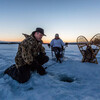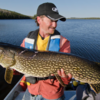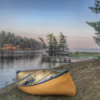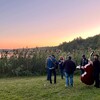
Trailing Away: A Guide to the Best Hikes in Timmins
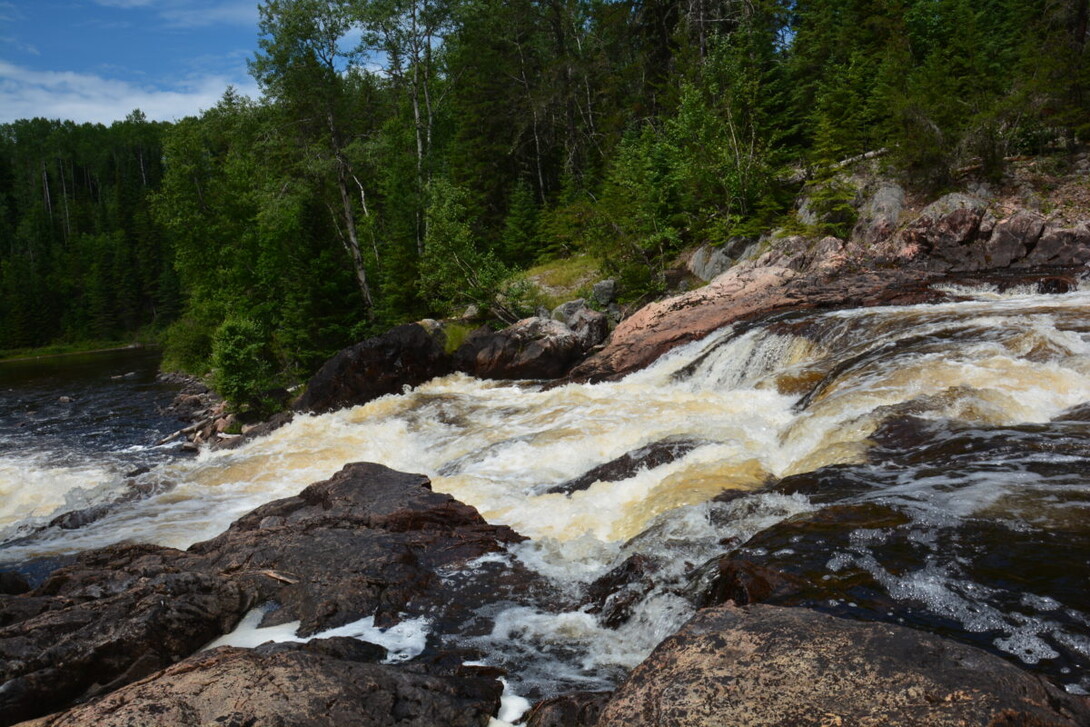
Tucked away on the banks of the Mattagami River, surrounded by lush woodlands on all sides, it’s no surprise that Timmins is a dream for outdoor adventurers. Hikers, bikers, campers, kayakers, you name it, will feel right at home.
With hundreds of miles of trails that wind deep into Northeastern Ontario’s wilderness, it remains a top destination for hikers in all seasons and of all skill sets. It doesn’t matter if you’re more of a walking trail type or prefer multi-day treks, there’s truly something for everyone. So grab your day pack, lace up your boots, and follow this guide to Timmins best hikes.
1. An Easy Hike in Timmins: Gillies Lake
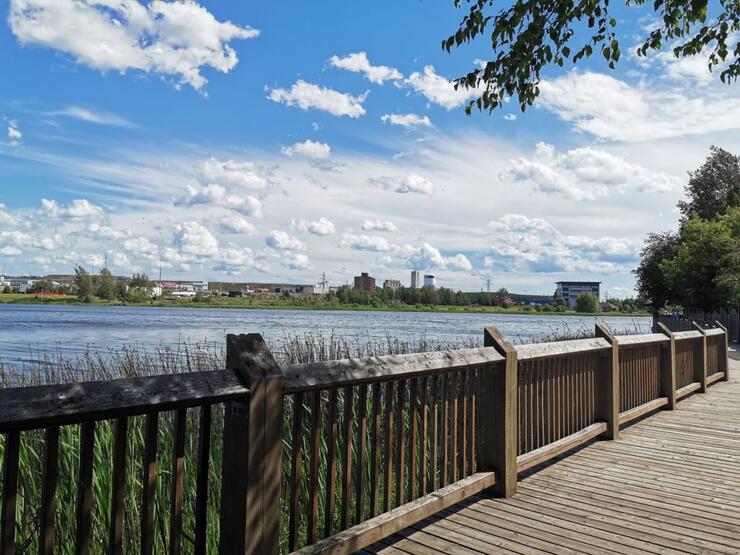
Looped about a mile and a half around Gillies Lake in the Gillies Lake Conservation Area, this trail is perfect for anyone after a leisurely, low-intensity hike. The trail should take less than an hour and is full of wildlife viewing opportunities and information panels that explain the natural history of the area.
Thanks to its central location, the lake can easily be reached from the city center in less than 20 minutes by foot or under five by car. Starting from the Timmins Museum National Exhibition Center, a 17-minute walk, much of which is through Hollinger Park, will land you at the trailhead of the lake.
2. For the Hobbyist Hiker: Grassy River/High Falls
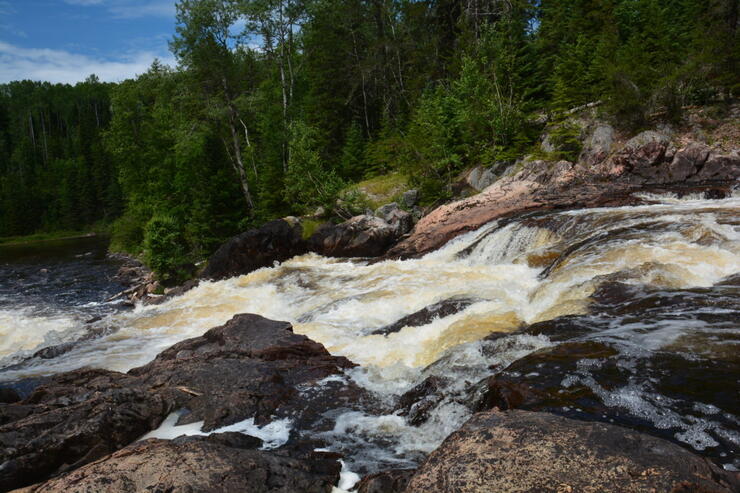
This 15-mile (24-kilometer) loop winds through dense jack pine forests that lead to breathtaking falls and rapids over iron-dense rock formations, the Grassy River/High Falls trail is a must. Along the way, you’ll be met with a series of lookout points that’ll prove why this hike really is the pride and joy of Timmins.
Don’t be put off by the distance, the hike itself is relatively flat with only a few steep areas—just be sure to start early so that you have the entire morning and afternoon to soak it all in. To reach the trail, you’ll need to head about 15 miles (24 kilometers) outside Timmins via Dalton Road. Be sure to bring a daypack with food and drink to stay hydrated and satiated out on the trail!
3. A Challenging Trail: Archie’s Rock
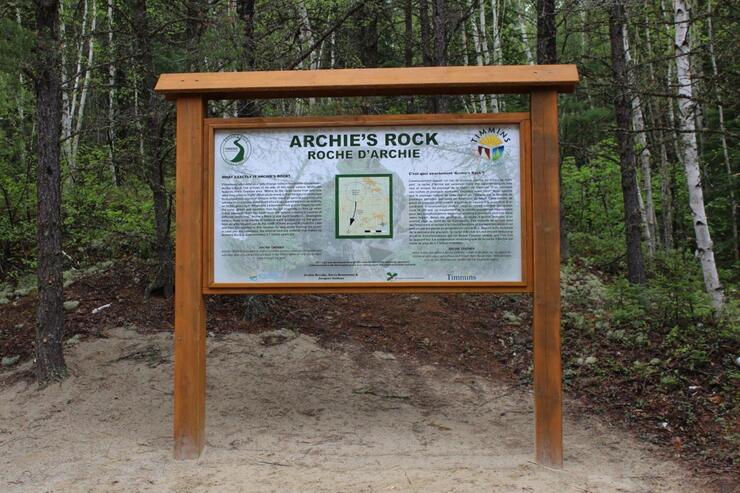
Named after the Timmins local Archie Chenier, who discovered this massive and ancient pile of boulders dating to the ice age, Archie’s Rock is truly in a league of its own. Nestled deep in a pocket of untouched woods, scientists have suggested that this enormous geological formation was created by melting glaciers that led to massive boulders stacking on one another.
While this trail clocks in at just a mile and a half, the steep climb to the rocks is what earns it a moderate to difficult level, so come ready to embrace your inner mountain goat! You’ll find the trailhead by taking Highway 101 to Little Star Lake Road and following the white signs for Archie’s Rock.
Create Your Own Self Guided Geo Tour
Want to experience the great outdoors and marvel at ancient geological formations in the process? Embark on a self-guided geo tour. Timmins doesn’t just have more than 500 lakes and hundreds of miles of rivers, it is also vastly encompassed by the mighty and rugged Canadian Shield; aka the largest mass of exposed continental crust on earth. Thanks to this, Timmins holds the title for one of the richest mineral producing areas in the Western Hemisphere leaving it chock full of sites for geo-buffs.
Spend your morning exploring Mount Jamieson, an extinct volcano perfect for hiking in the summer and enjoying Timmins’ snow in winter. Afterward, venture out to Kettle Lakes Provincial Park where you’ll find ancient lakes formed by glacial retreats some 12,000 years ago and half buried icebergs that melted into small pools. Be sure to carve out time to visit Timmins Museum: National Exhibition Center for a deeper look at the history of the area, mining and all.
Tips for Hiking in Timmins
Whether you’re a newbie or consider yourself an avid trekker, you can never be too prepared. Here are our top tips for hiking in Timmins.
Function Over Fashion
Whether you’re planning on hiking in Timmins in winter or summer, it’s always better to pack for practicality over style. In the colder months, be sure to layer starting with a long-sleeved base, a wooly or thick mid layer, and a zippered jacket to act as a shell, along with a winter hat that covers the ears. During the summer months, clothing is just as important. Be sure to wear breathable leggings or hiking pants and a wide-brimmed hat to keep out the sun. Stay away from cotton and denim.
Lastly, don’t forget your feet! Nothing will ruin an otherwise great hiking trip like a blister. Trail runners or hiking boots are your best bet, just be sure that they’re broken in.
Protect Your Skin
Always, and we do mean always, lather on sunscreen to protect yourself from a burn, and don’t forget to apply every few hours if you’re sweating a lot. Other great tools against the sun are a simple pair of sunglasses with UVA protection and a hat.
Pack a Bag
Whether you’re planning to hike the entire day, or just a few hours, we always recommend bringing along a small backpack to hold a first aid kit, extra sunscreen, bug spray, water, snacks, and other trail essentials. Be sure to choose one that is comfortable with padded straps and low pressure on your back.
Looking for more inspiration in the region? From Sudbury’s foodie hotspots to Northeastern Ontario’s best breweries, our Northeastern Ontario Travel Guide has you covered.
Recommended Articles
The Seven's Best Hikes, Biking Trails and Lakes

7 Best Spots to Check Out in The Seven

Budget Bliss: Explore Northeastern Ontario Without Breaking the Bank

Bring Your Fam!

Time to Unwind: 6 Spa Havens to Discover In The Seven
5 Amazing Places to SUP in Northeastern Ontario

5 Amazing Bike Rides to Discover

Northern Lights in Northeastern Ontario

Northeastern Ontario's Best Pride Festivals

Fish for one of the World's Rarest Species of Trout

An Insider's Guide to Manitoulin Island

6 Small-Town Gems to Explore in Northeastern Ontario

11 Best Things to Do in Kapuskasing, Ontario











